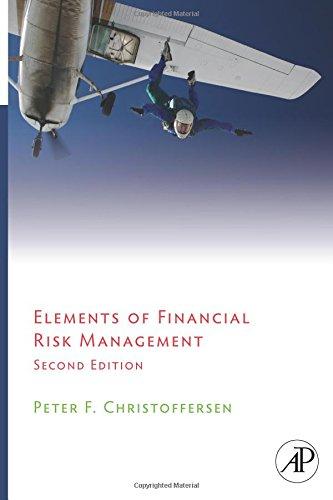Q3. Fill in the blanks of Table 1: Monthly Cash Outflows and Table 2: Monthly Cash Inflows. Then, use the information to generate Table3: Pro-Forma Cash Flow Budget and answer the following questions. (10 points in total) Table 1: AgBiz Estimated Monthly Cash Outflows (Jan. Apr:) Mar Apr Item Sales Jan $12,000 Feb $10,000 Purchases(5) $3,500 $8,000 $10,000 $15,000 $7,000 $2,000 $2.000 $2,000 $2,000 Payment of Account Payable Payment of Overhead Total Cash Outflows Inventory Levels S11,000 $11,500 Assumptions: 1. The inventory turnover rate is 6 2. Inventory is equal to current month's purchases + previous month's purchases 3. Cost of goods sold 40% of sales 4. Account payable turnover ratio=12. Mar Apr Item Sales Jan $12,000 Feb $10,000 Cash Sales (S) $1,000 $2,000 $4,000 $5,000 Account Receivable (2 month old) Account Receivable (3 month old) Total Cash Inflows $2,000 $2,000 $1,000 Assumptions: 1. Sales are 1/4 cash, and 3/4 credits. 2. Account Receivable ratio is 4. Table 3: Pro-Forma Cash Flow Budget Item Initial Cash Balance Jan $2,000 Feb $2,000 Mar $2,000 Apr $2,000 Cash Inflow Total cash available Cash Outflow $1,000 Net Cash Need Borrowings End Cash Balance $1,000 $1,000 $2,000 Cumulative borrowings (Hint: These three tables are consistent. You are able to get cash inflow from table 2 and cash outflow from table 3) Based on the above Pro-Forma Cash Flow Budget, answer the following two questions: (1) Does the business need to borrow money? If yes, how much money needs to be borrowed? (2) When does the money need to be borrowed? When will the loan be repaid? Q4. Joyce is a new assistant manager in Peace AgBiz. Her boss asked her to evaluate the e opportunities of two potential investments: Project A and Project B. Joyce has not much kno capital budgeting decision procedures, so she asked you for help. Fill out the following ta 22 Q3. Fill in the blanks of Table 1: Monthly Cash Outflows and Table 2: Monthly Cash Inflows. Then, use the information to generate Table3: Pro-Forma Cash Flow Budget and answer the following questions. (10 points in total) Table 1: AgBiz Estimated Monthly Cash Outflows (Jan. Apr:) Mar Apr Item Sales Jan $12,000 Feb $10,000 Purchases(5) $3,500 $8,000 $10,000 $15,000 $7,000 $2,000 $2.000 $2,000 $2,000 Payment of Account Payable Payment of Overhead Total Cash Outflows Inventory Levels S11,000 $11,500 Assumptions: 1. The inventory turnover rate is 6 2. Inventory is equal to current month's purchases + previous month's purchases 3. Cost of goods sold 40% of sales 4. Account payable turnover ratio=12. Mar Apr Item Sales Jan $12,000 Feb $10,000 Cash Sales (S) $1,000 $2,000 $4,000 $5,000 Account Receivable (2 month old) Account Receivable (3 month old) Total Cash Inflows $2,000 $2,000 $1,000 Assumptions: 1. Sales are 1/4 cash, and 3/4 credits. 2. Account Receivable ratio is 4. Table 3: Pro-Forma Cash Flow Budget Item Initial Cash Balance Jan $2,000 Feb $2,000 Mar $2,000 Apr $2,000 Cash Inflow Total cash available Cash Outflow $1,000 Net Cash Need Borrowings End Cash Balance $1,000 $1,000 $2,000 Cumulative borrowings (Hint: These three tables are consistent. You are able to get cash inflow from table 2 and cash outflow from table 3) Based on the above Pro-Forma Cash Flow Budget, answer the following two questions: (1) Does the business need to borrow money? If yes, how much money needs to be borrowed? (2) When does the money need to be borrowed? When will the loan be repaid? Q4. Joyce is a new assistant manager in Peace AgBiz. Her boss asked her to evaluate the e opportunities of two potential investments: Project A and Project B. Joyce has not much kno capital budgeting decision procedures, so she asked you for help. Fill out the following ta 22











